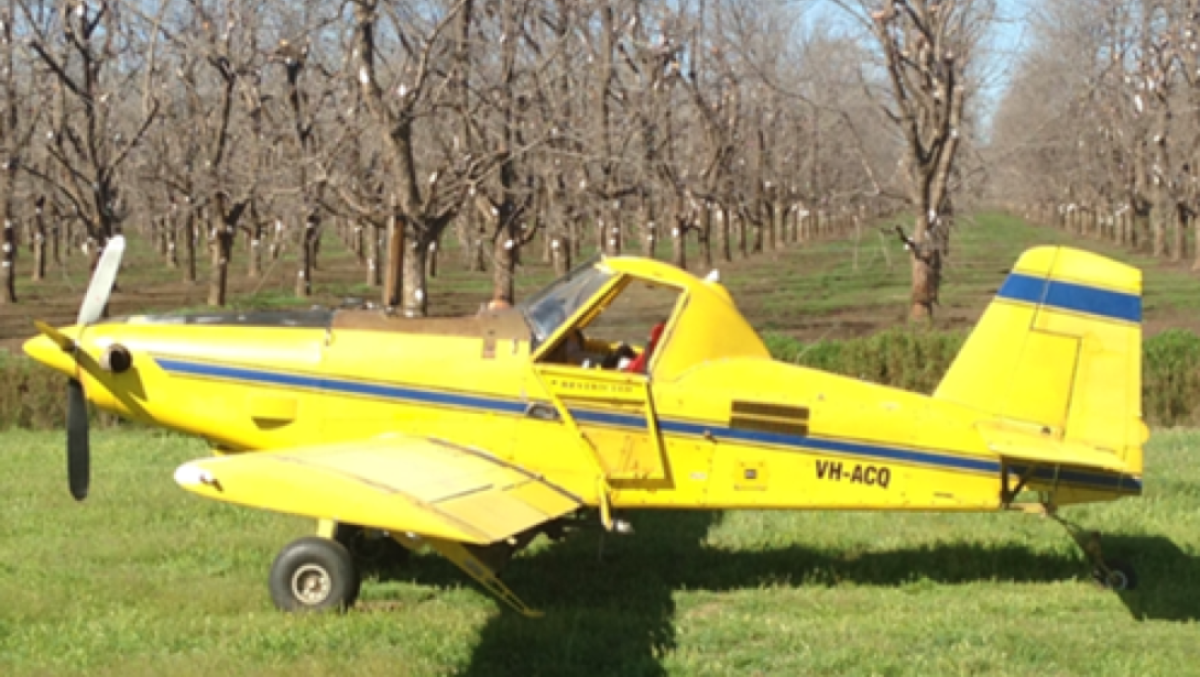
The ATSB has pointed to post-impact fires as a risk to pilots in its final report into the crash of a spraying aircraft in December 2021.
Despite “almost certainly” wearing a helmet and four-point restraints, the pilot of the Air Tractor AT-400, registered VH-ACQ, lost their life when its fuel tanks ruptured during the accident near Moree, NSW, causing a fatal fire.
“The aircraft was not fitted with a crash-resistant fuel system, nor was it required to be,” said the ATSB’s director of transport safety, Dr Stuart Godley, noting that these systems have proven effective in both ground vehicles and helicopters.
“Post-impact fire presents a significant risk of fire-related injuries and fatalities to occupants of general aviation aeroplanes.
“The ATSB has issued a formal Safety Recommendation to the US Federal Aviation Administration to take action to address certification requirements for crash-resistant fuel systems for fixed wing aircraft to reduce the risk of post-impact fire.”
The ATSB found that on average, a post-crash fire in an Australian-registered and certified aircraft has resulted in one fatality every 2 years in Australia.
The accident occurred at the end of the pilot’s fifth spray run, during their eleventh spray load of the day, while spraying at a property about 75km from Moree on 4 December 2021.
“The ATSB found that the aircraft was too close to the start of the spray run during the turn, which probably resulted in the pilot tightening the turn,” said Dr Godley.
“This almost certainly resulted in an aerodynamic stall at a height too low to recover before colliding with the ground.”
During the turn, the aircraft descended rapidly, collided with terrain, and was subsequently destroyed by fire. The pilot sustained fatal injuries.
“Mishandling the turn was probably a result of the combined effects of the pilot experiencing high workload and fatigue due to long flight and duty times, inexperience, the complexity of the task and the weather conditions,” said Dr Godley.
“The combination of these factors would likely have identified an elevated flight risk, had an aerial application-specific flight risk assessment been conducted. However, there was no requirement for the operator or pilot to conduct a flight risk assessment or to have a flight risk assessment tool.”
As a result of this accident, the operator has implemented additional fatigue management measures, which include an assessment of other factors that may contribute to fatigue and flight risk, within the regulatory fatigue requirements.















